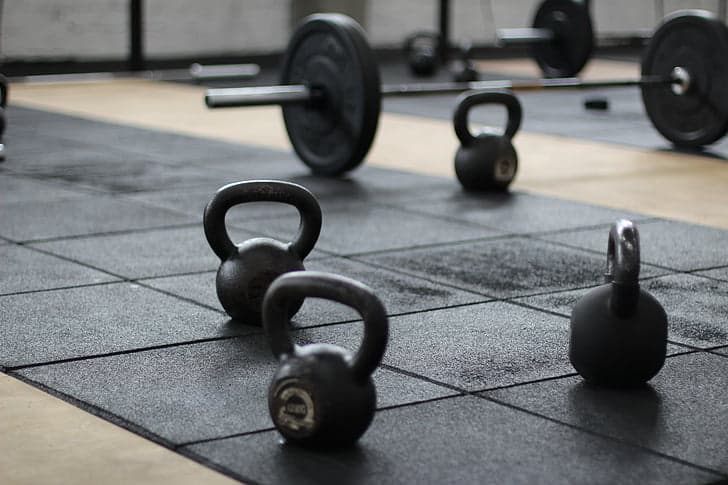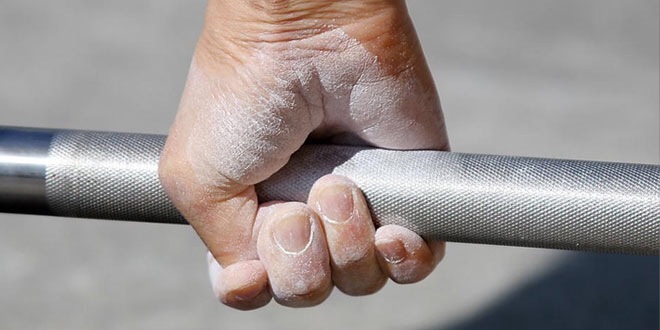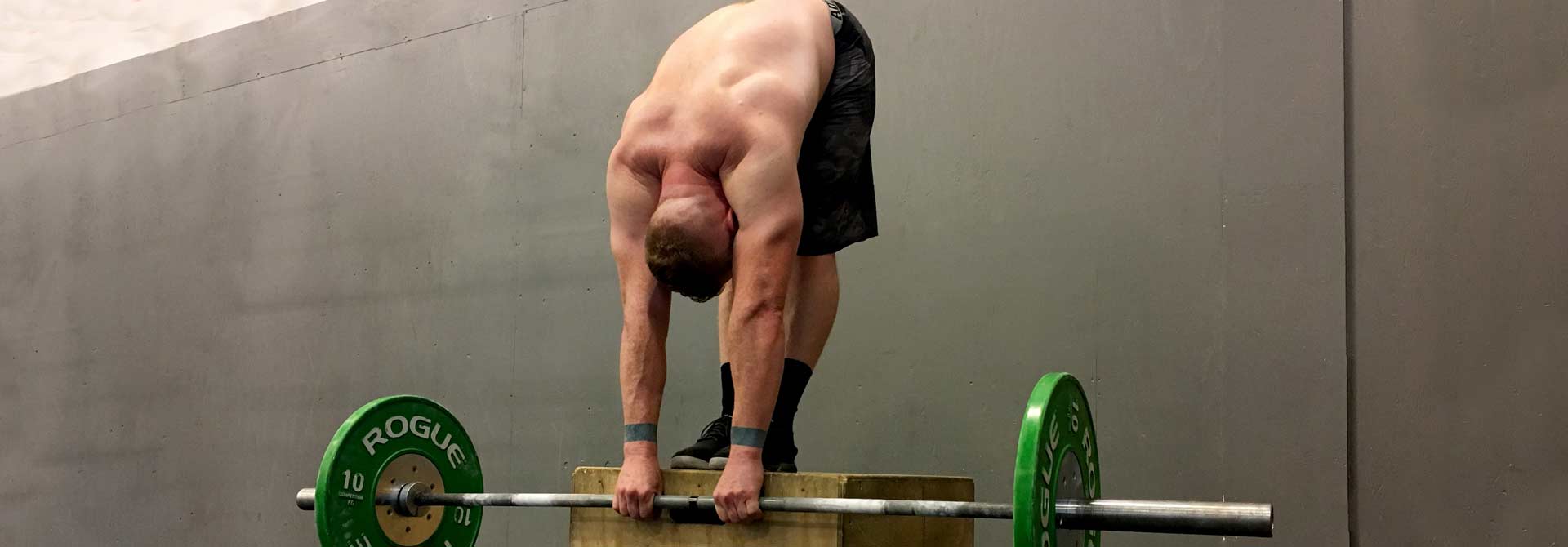No, we’re not talking about agility training or doing cardio (yuck). All kidding aside, tempo and speed may be useful ways to spice up your training protocols at home while waiting for gyms to reopen if you live somewhere where they haven’t opened yet (as I do).
While bodyweight training and lifting with limited to no equipment will hamper your ability to preserve strength and completely eliminate specificity from your training, it’s still important to stay active in the interim to make sure that your body is ready to restart the training process without too much of a re-education period, and without losing too much of your hypertrophy progress.
If you’ve progressed past most pushup variations and are looking for ways to continue your training at home without dipping fully into advanced calisthenics or gymnastics, consider incorporating tempo and speed training into your everyday programming alongside whatever weights or resistance you can muster.
Slow Lifting Cadence = Greater Hypertrophy (to a Point)
The basis behind this article relies in the fact that a slow eccentric is linked to increased hypertrophy and post-training effects as a result of greater metabolic activity and increased time under tension.
In English, that means that if you let yourself down into a pushup slowly before exploding up, you’re forcing your muscles to work harder with the same intensity (bodyweight) and the same volume (x reps and x sets), thereby making more progress with the same program by adjusting a third factor: speed.
However, note that I specify the eccentric portion. This is because the benefits tied to size and strength are likely tied to a slow eccentric rather than a slow concentric (the push of the pushup, or the pull of the pull up). I say that because there’s also research that shows that, when the eccentric is controlled for, a faster concentric potentially leads to up to double the strength gains, especially when the intensity is high (closer to 5rm).
The premature conclusion I draw from this research is that slowing down your eccentric induces greater metabolic changes in your muscles after your workout, and it’s going to be especially important if you train until failure.
But on exercises where you’re not training until failure, going as fast as possible in the concentric (while maintaining a slow eccentric) is the way to go. Training speed doesn’t matter for training to failure anyway because you’ll slow down one way or the other, and all speed control goes out the window in the last few reps.
The Caveat to Tempo Training and Bar Speed
There’s a limit to how useful this information is going to be to somebody with a certain level of strength and limited equipment.
While it’s common knowledge that you should slow down your eccentric and explode into a concentric, the tempos were talking about here utilize >5 second eccentric tempos. But if all you have access to is a few pounds and you’re looking for a way to spice up a squat, simply going down slower likely isn’t going to cut it.
On the other hand, if you’ve got closer to 50% of your old 1RM in weight, then simply focusing on bar speed and slower eccentrics may considerably boost your strength and give you a little extra overload in the weeks before gyms start opening up again.
Applying This at Home
If your max weights are starting to feel easy, play around with tempo and rep speed, taking videos of your training and attempting to beat the speed at which you’re moving your current top weight. Even if you can’t train with enough resistance for it to feel considerably “heavy”, moderate weight may be enough to give your muscles the incentive needed to draw out extra power for more speed.
That’s the general gist behind working on your bar tempo and speed – by giving yourself the mental task of specifically pushing faster, you’re naturally going to be pushing harder, which means recruiting a lot more muscle than you’d otherwise need for the same lift, with the same weight. Combining that with a slow eccentric will help you increase the strain your muscles are under, but that won’t mesh well with going as fast as possible. Use a lighter weight for working to failure.
Want to lift heavier and avoid injuries? 💪🔥
Download our FREE '5-Minute Warm-Up Routine for Maximum Lifting Performance' and get primed for every workout!
Click below to grab your copy now!👇
👉 Download the Free Guide



